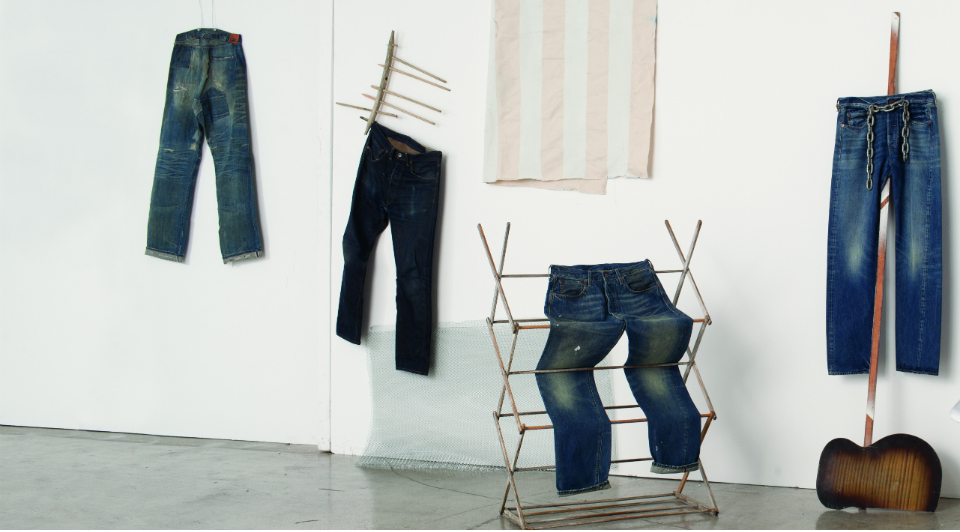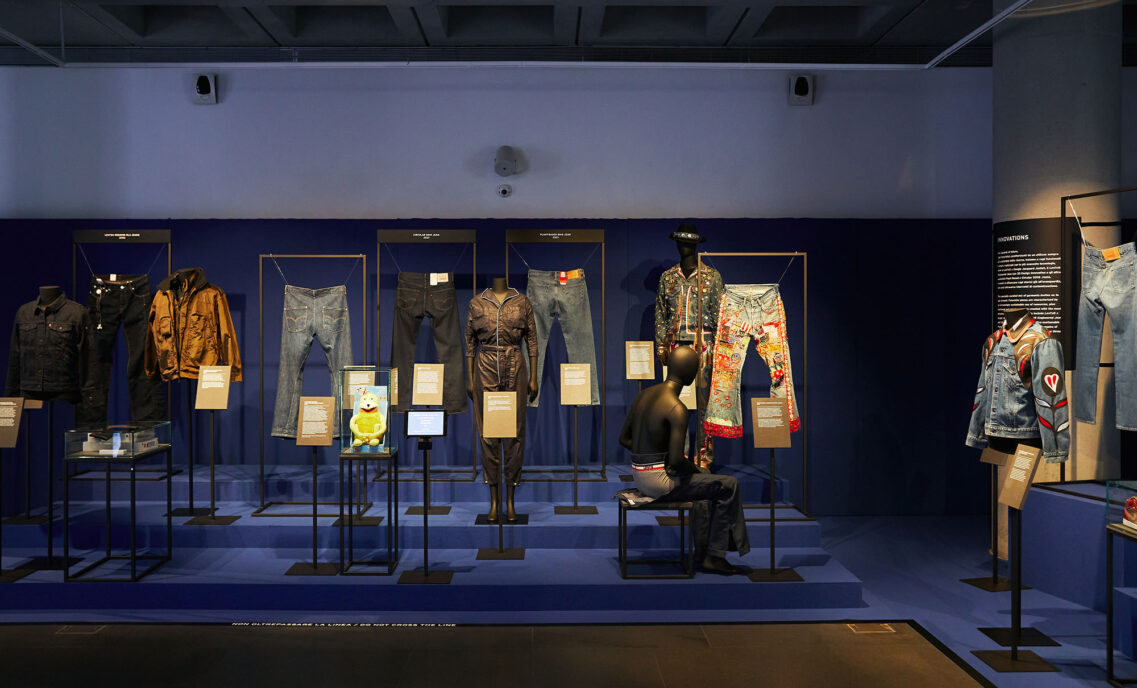In our profits-through-principles model, making successful products is important, but so is making a difference. But in order to create change in our business and the industry at large, we also have to know where and how to focus our work. Hard data helps us do that.
With that in mind, we bring you some of the most surprising and inspiring insights gleaned from our most recent Life Cycle Assessment study, which examined the environmental impact of a pair of Levi’s® 501® jeans:
#1: You Have The Power
Unchanged from our 2007 LCA study, consumer use and fiber cultivation continue to use the most water. Whereas our previous study focused on the U.S. market, this time around we’ve also included markets in Europe and Asia. The expanded approach shows water consumption from cotton cultivation increasing.
In terms of climate change — measured as potential of greenhouse gas emissions during the product’s lifetime — consumer use was again the most significant contributor.
Levis Strauss & Co. is working with the Better Cotton Initiative to reduce cut the amount of water used to grow cotton. We are also calling on you, our consumers, to decrease your denim’s total water and energy intake. With small changes to the way you care for your Levi’s jeans, you have the power make a big difference.
#2: Yes, We Said Small Changes
Turns out, it doesn’t take much to create major ripples towards decreasing environmental effects.
Instead of washing your jeans once every two times you wear them, wash them every three times you wear them. This small act alone could reduce global warming and water consumption impacts by up to 20%. It doesn’t mean you’ll wear dirty denim — just ask our CEO how he keeps his pants clean. Wearing your jeans a few more times before throwing them into the laundry doesn’t seem like such big a deal now, does it?
Washing your jeans in cold water and line-drying can also have significant environmental impacts. In the U.S., turning the dial to cold wash can reduce non-renewable energy use by 21% and climate impact by 24%. Choosing the clothesline over the dryer can also reduce non-renewable energy use by 64% and climate change impact by 67%. Again, big numbers, little changes.
#3: Consumer Habits Vary, And That Means We Can Change Them
Environmental effects are highly dependent upon care practices (hot vs. cold wash, drying machine vs. line-drying, ironing vs. no ironing), and these practices vary greatly by country.
For instance, more consumers in China are laundering their jeans in cold water and air-drying them. They also tend to wash their jeans less frequently than in other regions. American consumers, who have the highest water intake and use of non-renewable energy, could learn from that. And while consumers in the UK and France often air-dry their jeans, they use more hot water than American or Chinese consumers.
But these geographic variations give us hope. If care habits are culturally influenced, then we have the power to change the status quo.
Our earth and our resources are threatened. Change must happen now, before later becomes never. We’re calling on consumers to find their impact, turn off the autopilot, and pledge to wash less. Our hope is that the most notable finding from our LCA study is still to come: the collective impact that, together, we will make.
Are you ready to come clean about your laundry habits?








